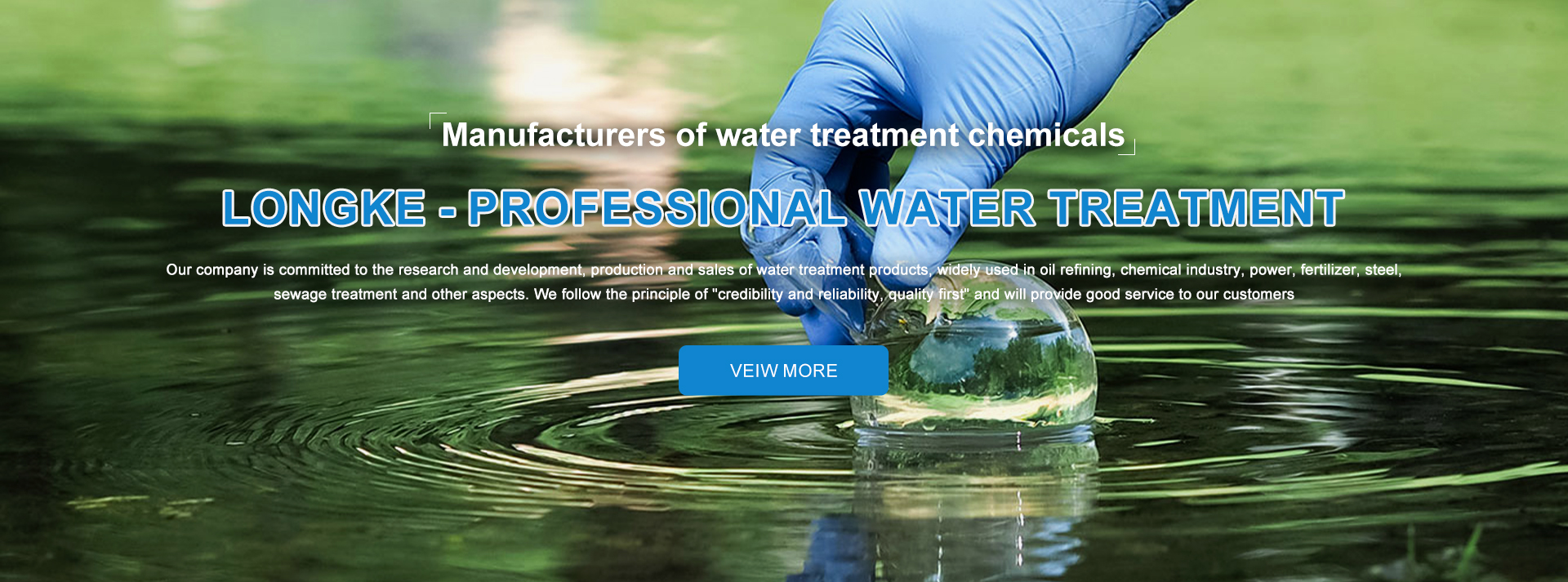polyacrylamide flocculant
The Role of Polyacrylamide Flocculants in Water Treatment
Polyacrylamide (PAM) flocculants have gained widespread use in various industries, particularly in water treatment processes. These synthetic polymers are recognized for their effectiveness in clarifying water by promoting the aggregation of particles, thereby forming flocs that can be easily removed from the water. This article explores the properties, mechanisms, applications, and benefits of polyacrylamide flocculants in water treatment systems.
Properties of Polyacrylamide Flocculants
Polyacrylamide is a water-soluble polymer formed from the polymerization of acrylamide monomers. Depending on the intended application, PAM can be produced in various forms, including anionic, cationic, and non-ionic variants. The choice of the type of PAM is crucial, as it affects the flocculation efficiency and the specific interactions with different types of suspended particles.
Anionic polyacrylamide is often used for treating municipal and industrial wastewater, as it effectively enhances the settling rates of negatively charged particles. Cationic polyacrylamide, on the other hand, is suitable for applications where the suspended solids have a negative charge, allowing for better aggregation. Non-ionic PAM finds its use in scenarios where charge neutralization is not necessary.
Mechanisms of Action
The primary mechanism through which polyacrylamide flocculants operate is through a process known as adsorption and bridging. When introduced into an aquatic environment, PAM molecules interact with suspended particles, forming a network that connects them. This bridging action is facilitated by the long-chain structure of the PAM molecules, which effectively spans the gaps between particles.
In addition to bridging, PAM enhances the aggregation of flocs by promoting van der Waals forces and hydrophobic interactions among the particles. As more particles come together, the size of the flocs increases, allowing for easier removal through sedimentation or filtration processes.
Applications in Water Treatment
polyacrylamide flocculant

Polyacrylamide flocculants are utilized in a variety of water treatment applications. One of their main uses is in municipal wastewater treatment, where they aid in the removal of suspended solids, organic matter, and pathogens. PAM-based flocculants can significantly reduce turbidity levels, ensuring that treated water meets regulatory standards for discharge or reuse.
In industrial applications, PAM is employed in sectors such as mining, pulp and paper, textile, oil and gas, and food processing. For example, in the mining industry, polyacrylamide flocculants are used to clarify water in tailings ponds, helping to recover valuable minerals while minimizing environmental impact.
Benefits of Using Polyacrylamide Flocculants
The use of polyacrylamide flocculants in water treatment offers several advantages. First and foremost, the efficiency of these flocculants can lead to significant improvements in the overall quality of treated water. Their ability to coagulate even very fine particles makes them superior to traditional methods, which may require excessive amounts of coagulants or longer settling times.
Additionally, PAM can reduce the overall chemical dosage required for effective water treatment. This reduction not only minimizes operating costs but also lessens the environmental impact associated with the discharge of residual chemicals.
Finally, the versatility of polyacrylamide flocculants allows for their adaptation to various treatment scenarios. By adjusting the molecular weight and charge properties of PAM, operators can tailor formulations to the specific characteristics of the water being treated, creating optimized solutions for diverse challenges.
Conclusion
Polyacrylamide flocculants play a vital role in modern water treatment processes. Their effectiveness in clarifying water, combined with their adaptability to different treatment conditions, makes them invaluable in ensuring the quality of water in municipal and industrial systems alike. As the demand for clean water continues to rise, the importance of innovative solutions such as polyacrylamide flocculants in achieving efficient and sustainable water treatment will only grow. The ongoing research and development in this field promise even more advancements, potentially leading to enhanced flocculation techniques and broader applications across various industries.
-
LK-319 Special Scale And Corrosion Inhibitor For Steel Plants: Advanced Solutions for Industrial Water SystemsNewsAug.22,2025
-
Flocculant Water Treatment: Essential Chemical Solutions for Purification ProcessesNewsAug.22,2025
-
Isothiazolinones: Versatile Microbial Control Agents for Industrial and Consumer ApplicationsNewsAug.22,2025
-
Scale Inhibitor: Key Solutions for Water System Scale PreventionNewsAug.22,2025
-
Organophosphonates: Versatile Scale Inhibitors for Industrial Water SystemsNewsAug.22,2025
-
Scale and Corrosion Inhibitor: Essential Chemical Solutions for Water System MaintenanceNewsAug.22,2025





